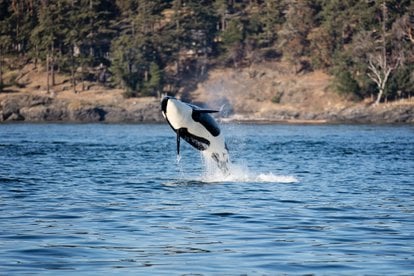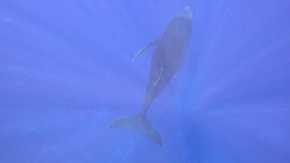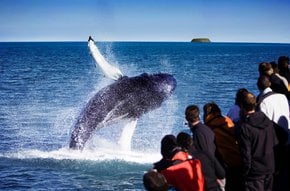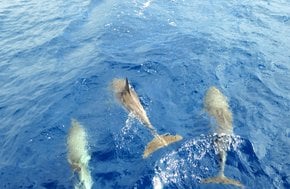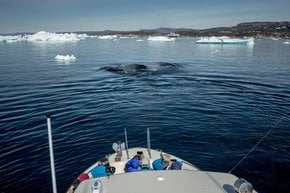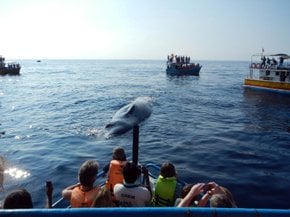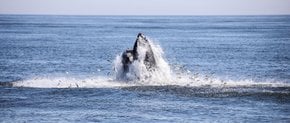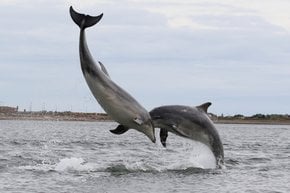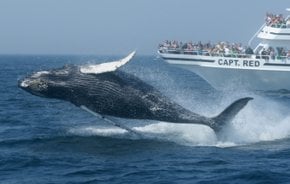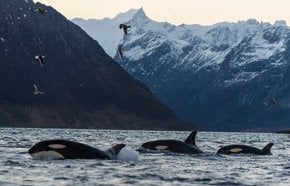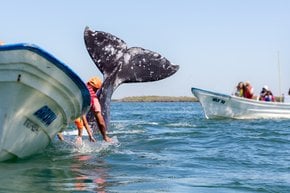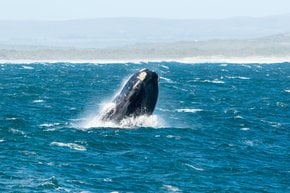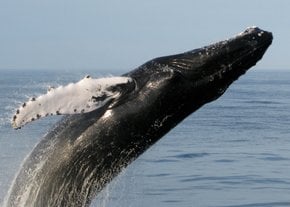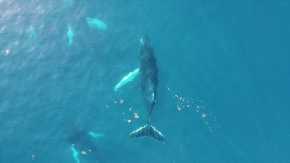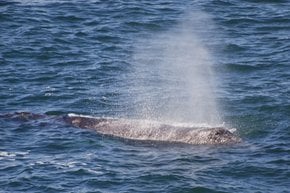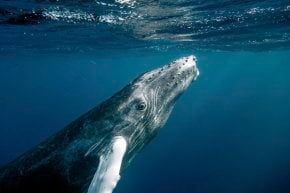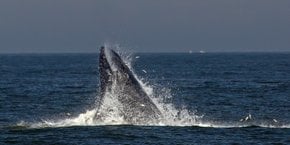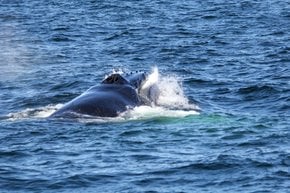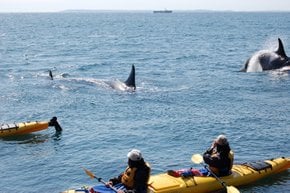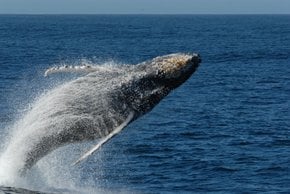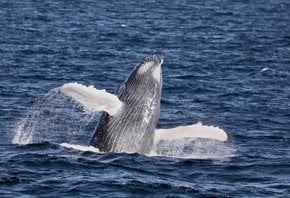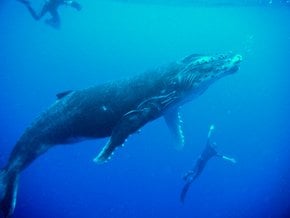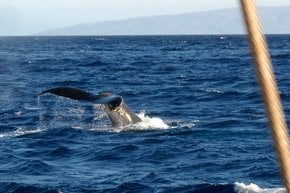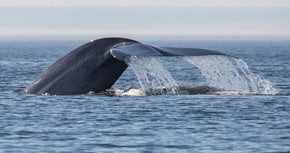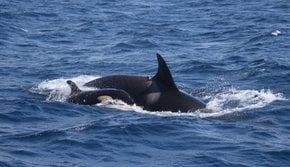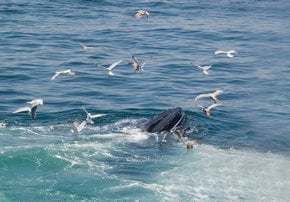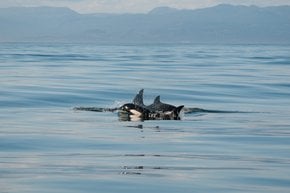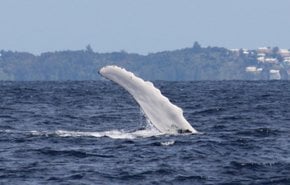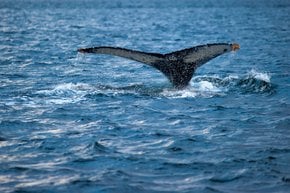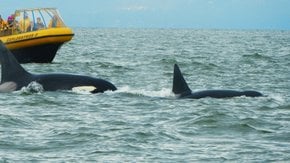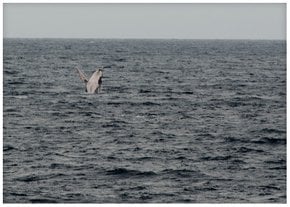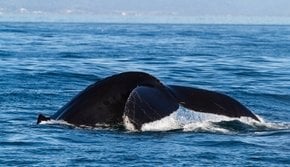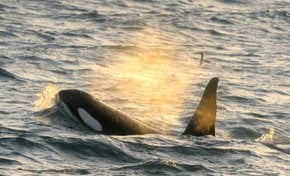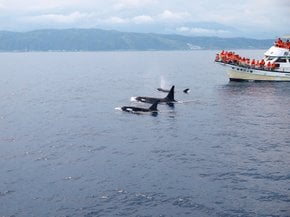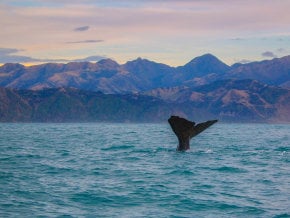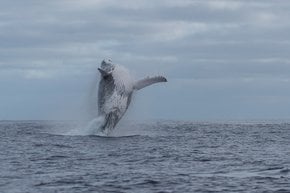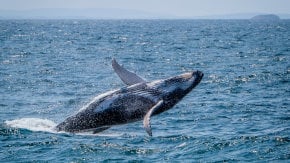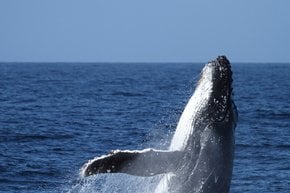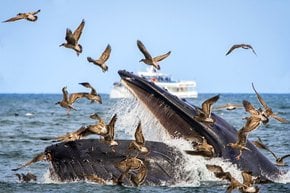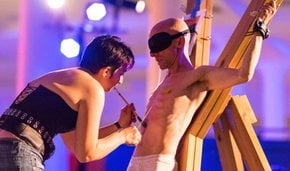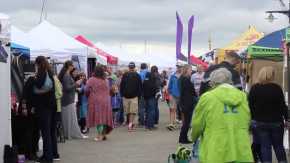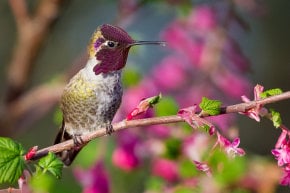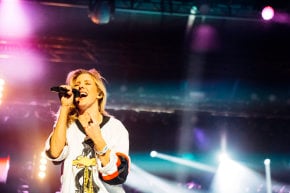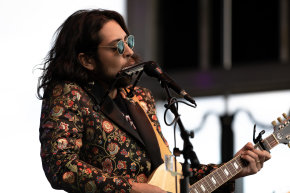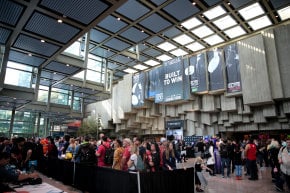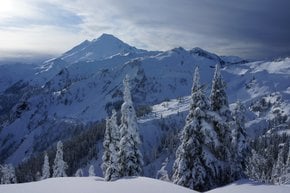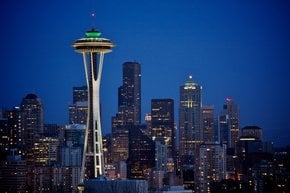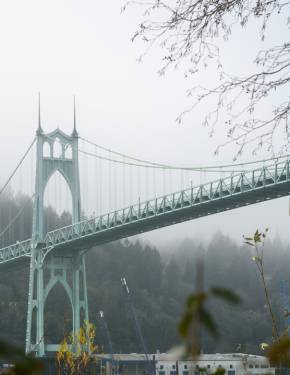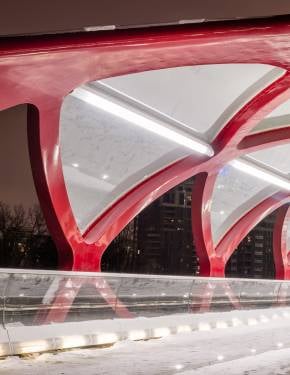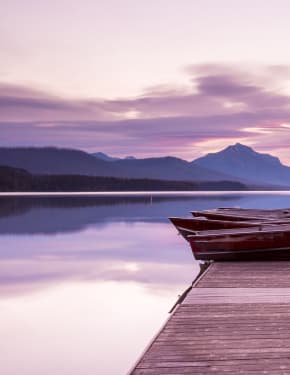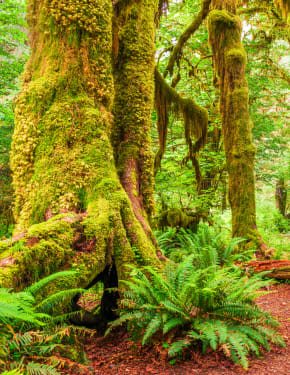Whale Watching around Seattle 2026
The San Juan Islands is the best spot to observe orca whales in the American Northwest
Best time: mid-May to mid-October
While on your cruise, you can expect to see much more wildlife besides orca whales. Humpback, gray, and Minke whales, as well as sea lions and seals also inhabit this area. Gray whales can be spotted near Whidbey Island. There is also the scenic Deception Pass, which is worth exploring. Bald eagles, porpoises, and other interesting seabirds inhabit the islands and are easily spotted near the shore. Around the Seattle/Tacoma area, there is no shortage of tour operators that offer wonderful day trips suited for a solo adventurer or even the whole family. Find the trip that's right for you and set sail!
Best places for whale watching
Washington boasts over 50 whale viewing sites! The San Juan Islands, located 87 mi (140 km) north of Seattle in the heart of the Salish Sea, is the most famous place for orca whale watching. Orca whales usually pass through the islands in greatest numbers between mid-May and mid-October when the salmon runs are strongest, although it's possible to spot them throughout the year. In February, March, April, late October, and November you can see fewer orca whales than in the summer, but the chances of seeing one of the other whale species increase, as spring and fall are known to be the time of year when gray and humpback whales pass through on their biannual migration. Keep in mind that every year is different, depending on the ecosystem.
Whale-watching tours
If you are close to Edmonds, the Puget Sound Express is a great option to take a tour by boat. During the summer, boats depart two times per day, at 9:30 am and 2:30 pm. From September 23 to October 27, there's just one departure at 11:30 am. From November 1 to December 31, the boats leave at 11:30 am departure on Wednesdays, Fridays, and Saturdays. No tours are offered on December 24-26th. The tour takes 4-5 hours, and whale sightings are guaranteed. Boats have restrooms, a galley with snacks, wraparound and multi-tier decks, as well as inside heated cabin with TV monitors for naturalist presentations and map tracking. Tickets will cost you $145 per adult or $115 for children (2-10). Anyone younger than 2 gets a free ride!
Another option for a guaranteed whale cruise is Island Adventures Whale Watching Company. Tours depart from Anacortes, located on Fidalgo Island, east of the San Juan Archipelago, between February and November, and each boat offers indoor heated cabins, viewing decks, onboard naturalists, concessions, and restrooms to make your experience a memorable one. Plan on being on the water for 3-5 hours. During summer, boats depart at 10 am and 3:30 pm. From September 3 to November 30, and from February to March, departure is at 11 am. During spring and fall, tickets for adults are $109, and children (ages 2-12) pay $69. During the summer season, adults pay $119, children (ages 2-12) pay $79. Discounts apply if you book in advance. Private charters and extended tours are also available.
Whale-watching season
Most of the whale species found in the Salish Sea are migratory. They move from their feeding grounds in the rich, deep waters of the Bering Sea between Alaska and Russia to their calving grounds further south. In the case of the gray whale, they swim down to the warm, shallow, and safe waters of the Sea of Cortez. Humpback whales are known to calve in a few select lagoons around Hawaii. Summer is the best time to view orca whales and spring/fall is the best time for gray whale viewing.
Bigg's killer whales (year-round)
The Bigg's killer whale (Orcinus orca) is also known simply as an orca whale. They use the rich waters of the Puget Sound and the Strait of Juan de Fuca for feeding. These whales travel in family groups or pods of 4 to 7 and it is estimated that there are over 400 individuals that remain year-round in the Salish Sea. Unlike some of the other whale species you might glimpse here, these whales do not migrate seasonally.
Gray whale (spring, fall)
Gray whales (Eschrichtius robustus) are known to have the longest migration route of any mammal on earth! They bravely cover well over 10,000 mi (16,093 km) every year, traveling from Alaska to Mexico and back again. Such an incredible feat requires lots of food and energy. These noble underwater creatures make a stop to feed and refuel in the Salish Sea between Vancouver Island and the Olympic Peninsula.
Humpback whale (spring, fall)
One of the most well-known and widespread whales is the humpback (Megaptera novaeangliae). Known as one of the largest mammals on earth, this animal was nearly hunted to extinction. Through legal protections and conservation efforts, this species has come back from near-extinction to continue to be viewed and appreciated from a distance. Long may this amazing creature swim in our oceans.
Whale-watching tips
While out on the water, expect more wind than on land. If you go out on a sunny day, know that water can reflect UV light, increasing the potential for sunburn. Is this your first time on a boat? If so, then be prepared for the possibility of motion sickness. There are several over-the-counter medications available for this, so consider having some on hand.
What to wear
Dress in layers if possible. You can always take off clothing if you get too hot. Additionally, consider wearing long pants, a hat, closed-toed shoes, and sunscreen to reduce your exposure to UV rays. Many of the tours available to you will have sheltered locations on the boat, but being prepared for anything will help you have a great time on the water.
What to bring
Concessions such as food and water are usually available to you if you get hungry or thirsty, but having some snacks and a beverage with you is never a bad idea. Finally, to get a better view of the wildlife you may encounter out there, bring binoculars. Having these on hand could mean the difference between seeing a porpoise breech in the distance or just watching a dark speck move on the horizon. A camera with a zoom lens is another great option.

